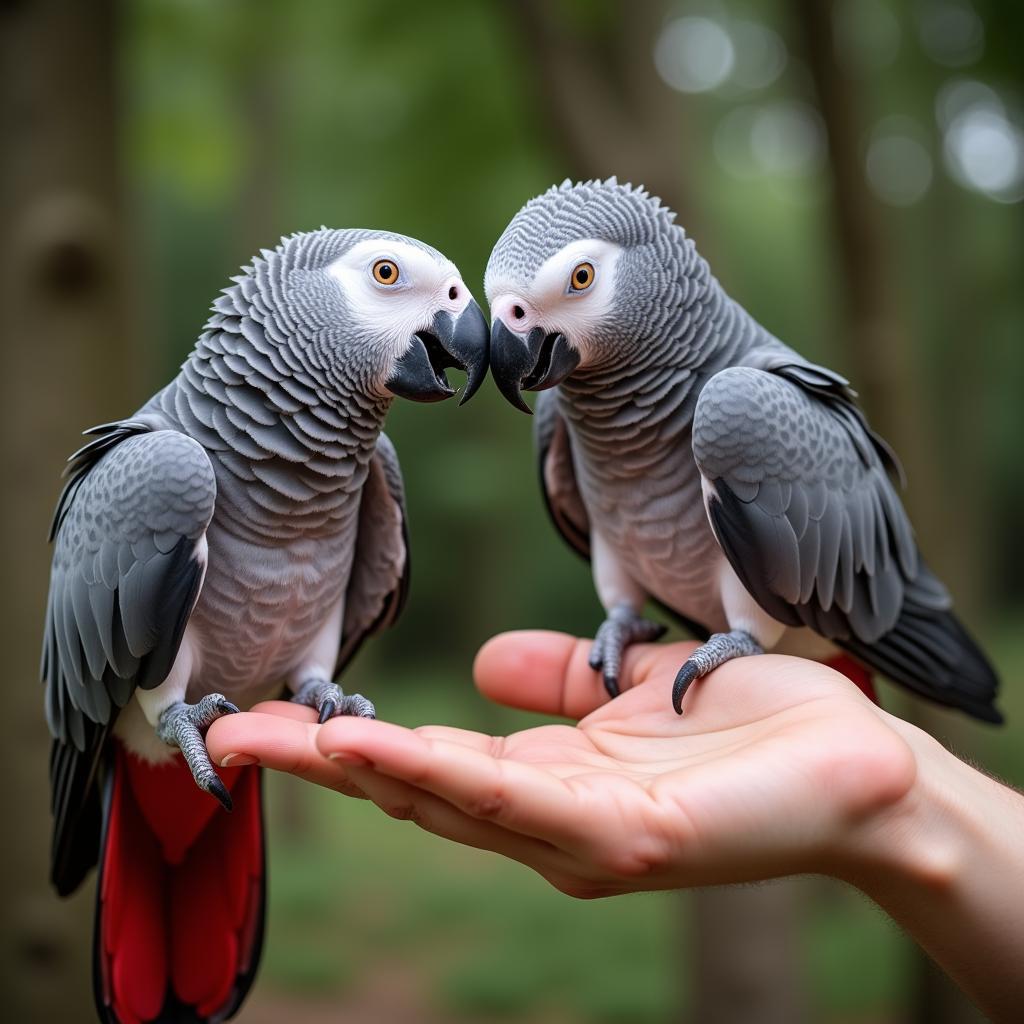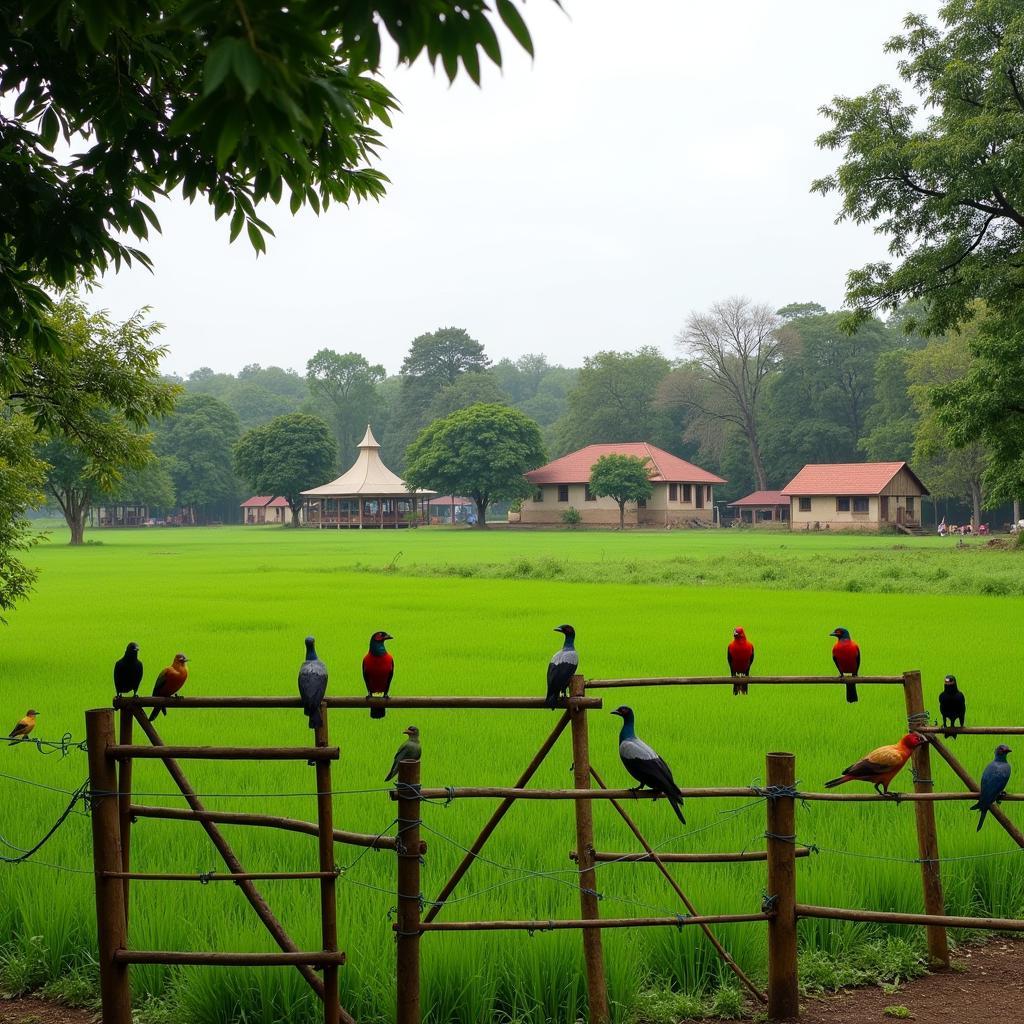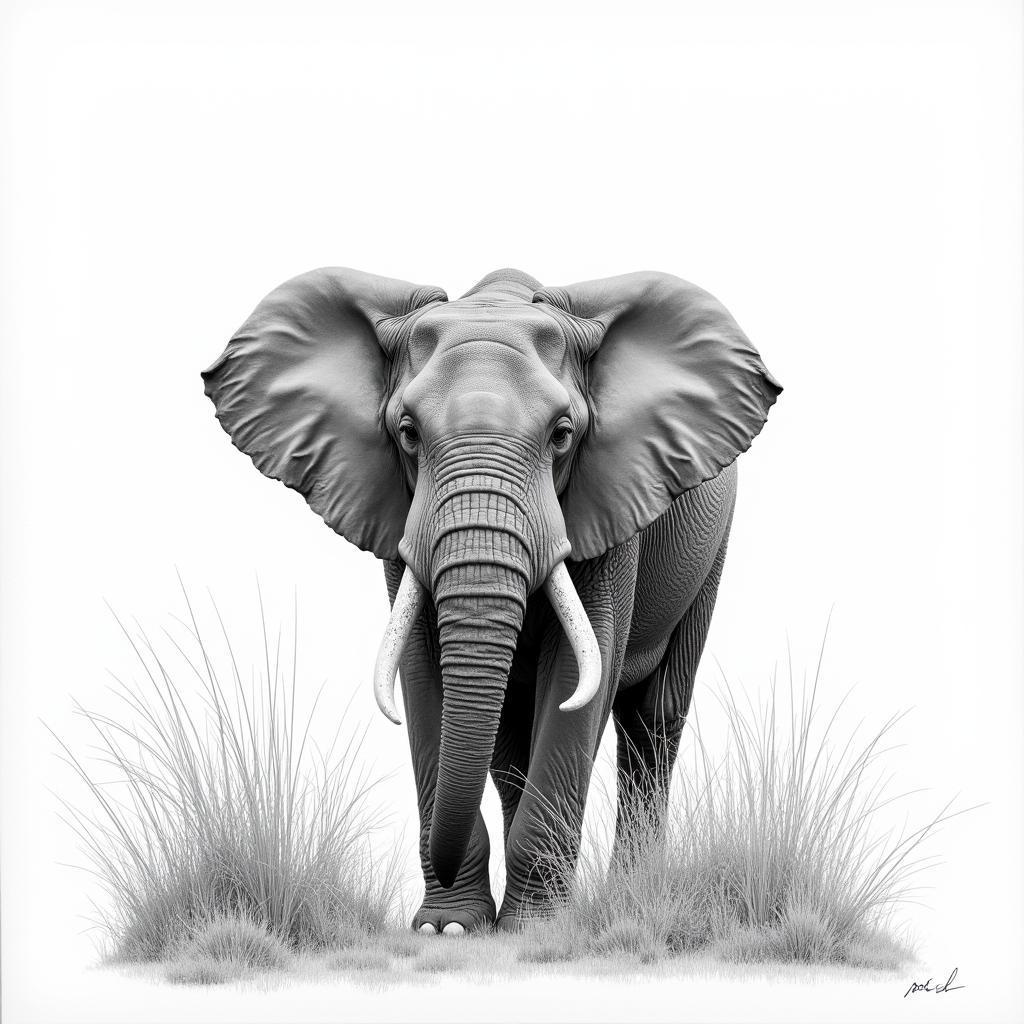10 African Countries and Their Currencies: A Comprehensive Guide
Exploring the vibrant tapestry of Africa often involves understanding the financial systems of its diverse nations. Each country boasts its unique currency, reflecting its economic history and cultural identity. Let’s embark on a journey through 10 African countries, delving into their fascinating currencies and their significance.
1. South Africa: The Rand (ZAR)
The Rand, introduced in 1961, is the official currency of South Africa. Its name originates from the Witwatersrand, a region rich in gold deposits that played a pivotal role in the country’s economic development. The Rand is divided into 100 cents and is a major player in the global financial market.
2. Nigeria: The Naira (NGN)
Nigeria, Africa’s most populous nation, uses the Naira, which was adopted in 1973. Its symbol, ₦, is a stylized N, representing the country’s name. The Naira is subdivided into 100 kobo and plays a crucial role in the Nigerian economy, particularly in the oil and gas industry.
3. Egypt: The Egyptian Pound (EGP)
Egypt’s rich history is mirrored in its currency, the Egyptian Pound, which has been in circulation since 1835. Its symbol, LE, is a stylized L, representing the word “Lira,” a unit of currency used before the Pound. The Egyptian Pound is divided into 100 piasters, a term reflecting the country’s long history of trade and exchange.
4. Kenya: The Kenyan Shilling (KES)
The Kenyan Shilling, introduced in 1966, is a testament to Kenya’s vibrant economy. Its symbol, Ksh, is a stylized K, representing the country’s name. The Shilling is divided into 100 cents and has been a stable currency, fostering trade and investment within Kenya.
5. Morocco: The Moroccan Dirham (MAD)
The Moroccan Dirham, in use since 1960, reflects Morocco’s unique blend of Arab and African influences. Its symbol, DH, is a stylized D, representing the word “Dirham.” The Dirham is divided into 100 fils and is recognized for its stable value, contributing to Morocco’s economic growth.
6. Ghana: The Ghanaian Cedi (GHS)
Ghana, known as the “Gold Coast” during its colonial period, uses the Ghanaian Cedi, which has been in circulation since 1986. Its symbol, GH₵, is a stylized G, representing the country’s name. The Cedi is divided into 100 pesewas and is a major currency in West Africa, particularly in trade and commerce.
7. Ethiopia: The Ethiopian Birr (ETB)
Ethiopia, a country with a rich history and unique culture, utilizes the Ethiopian Birr. Introduced in 1931, the Birr has played a vital role in shaping the Ethiopian economy. Its symbol, Br, is a stylized B, representing the word “Birr.” The Birr is divided into 100 cents and is a significant currency in the Horn of Africa.
8. Algeria: The Algerian Dinar (DZD)
Algeria, a North African nation with vast oil reserves, uses the Algerian Dinar. Introduced in 1964, the Dinar has been a stable currency, contributing to Algeria’s economic prosperity. Its symbol, DA, is a stylized D, representing the word “Dinar.” The Dinar is divided into 100 centimes and plays a key role in Algeria’s trade and investment.
9. Tanzania: The Tanzanian Shilling (TZS)
Tanzania, a country of diverse landscapes and rich wildlife, uses the Tanzanian Shilling. Introduced in 1966, the Shilling has been a resilient currency, supporting Tanzania’s growing economy. Its symbol, TSh, is a stylized T, representing the country’s name. The Shilling is divided into 100 cents and is crucial in Tanzania’s tourism and agricultural sectors.
10. Senegal: The West African CFA Franc (XOF)
Senegal, a West African nation known for its vibrant culture, uses the West African CFA Franc. Introduced in 1945, the CFA Franc is a shared currency used by eight West African countries. Its symbol, CFA, represents the French acronym for “Communauté Financière Africaine.” The Franc is pegged to the Euro and is a stable currency, promoting regional trade and economic integration.
Conclusion
From the gold-backed Rand of South Africa to the CFA Franc of Senegal, these currencies represent the diverse economic landscapes of Africa. Understanding these currencies provides a glimpse into the financial fabric of these nations, highlighting their economic history, cultural identity, and future aspirations.
“The currency of a country is a reflection of its economic strength and its place in the global economy,” says Professor Amina Kendi, a renowned expert on African economies.
FAQ
Q: What is the strongest African currency?
A: The strongest African currency is currently the Botswana Pula (BWP), followed by the South African Rand (ZAR) and the Seychelles Rupee (SCR).
Q: Which African countries use the Euro?
A: No African countries use the Euro as their official currency. However, some countries like Cabo Verde and Guinea-Bissau use the Euro as their fixed exchange rate.
Q: What is the history of the African currency?
A: African currencies have a rich history, dating back to pre-colonial times. During colonial rule, most countries adopted currencies pegged to their colonial powers. After independence, many countries introduced their own national currencies, reflecting their unique economic and cultural identities.
Q: Why are African currencies often volatile?
A: African currencies can be volatile due to various factors, including global commodity prices, political instability, and economic dependence on specific sectors.
Q: How do I exchange currency in Africa?
A: You can exchange currency at banks, exchange bureaus, and some hotels in Africa. It’s recommended to exchange currency at authorized and reputable institutions.




